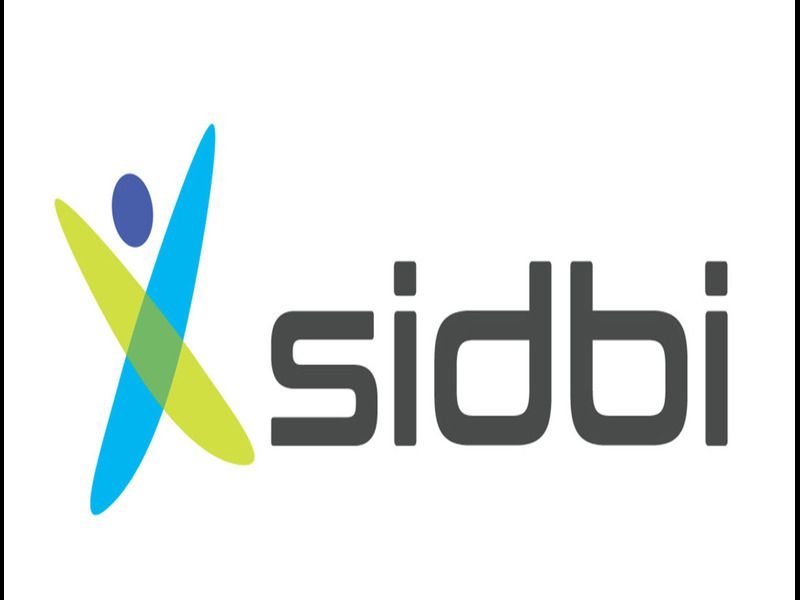The Small Industries Development Bank of India (SIDBI) has launched a report titled Prabhaav, which evaluates the impact of its Fund of Funds for Startups (FFS) on the Indian startup ecosystem. The report, prepared by CRISIL, a leading analytics company, reveals the positive outcomes of the FFS scheme on various aspects such as capital flow, innovation, diversity, regional development, governance and wealth creation.
What is FFS?
FFS is a key component of the Startup India Action Plan, launched by Prime Minister Narendra Modi in 2016, to promote entrepreneurship and innovation in the country. The scheme is managed by SIDBI on behalf of the Department for Promotion of Industry and Internal Trade (DPIIT), Government of India. FFS contributes to the corpus of category I and II Alternative Investment Funds (AIFs), which in turn invest in startups across sectors and stages.
What are the key findings of Prabhaav?
According to the report, as of November 30, 2023, FFS has sanctioned commitment to 129 AIFs across segments. The scheme has catalyzed investments worth ₹17,534 crore in 938 unique startups, resulting in a multiplier effect of ~4x of the amount drawn from FFS. Out of these startups, 18 have already become unicorns, or startups valued at over $1 billion.
The report also highlights the diversity and inclusiveness of the scheme, as it has supported startups beyond Tier 1 cities, women-led startups and women-led fund managers. After the launch of FFS, 129 startups from Tier 2 and Tier 3 cities have received investments aggregating ₹1,590 crore. The scheme has also channeled investments in startups in emerging sectors such as deep tech, agri and agri solutions, health tech, financial services and sustainability.
The report also notes that FFS has strengthened the governance and transparency of the AIFs and startups, as well as created wealth for investors and employees. As per a survey conducted by CRISIL as part of the assessment, 89% of respondents confirmed that support under FFS was instrumental in anchoring their fundraise.
What are the benefits of FFS for the startup ecosystem?
FFS is one of the key initiatives that has transformed India into the third largest startup ecosystem in the world, by providing a sizeable catalytic pool of risk and growth capital to startups. The scheme has enabled startups to scale up their businesses, create jobs, solve problems and generate social impact. The scheme has also fostered a vibrant venture capital space in India, as FFS acts as a hallmark of approval for the fund managers.
The report was unveiled by S. Ramann, Chairman & Managing Director, SIDBI along with S P Singh, CGM Venture Finance, SIDBI to Dr Vivek Joshi, Secretary, Dept. of Financial Services, Ministry of Finance; Rajesh Kumar Singh, Secretary, DPIIT; and Sanjiv IRS Joint Secretary DPIIT Ministry of Commerce & Industry . The officials appreciated the initiatives and progress demonstrated by SIDBI in managing the scheme and the outcomes already achieved.
Recent Blog : First Green Hydrogen Plant by CIAL and BPCL at Cochin
